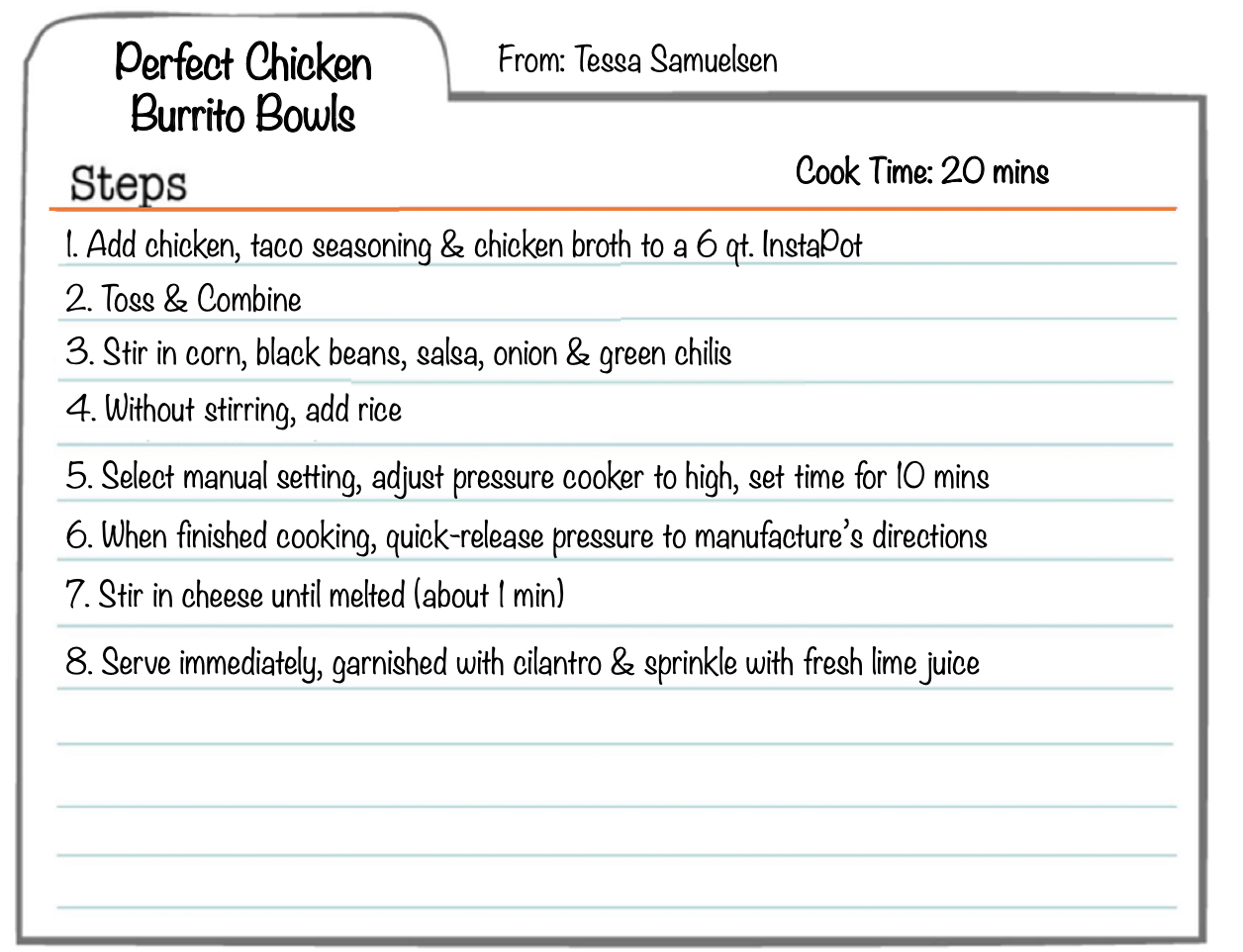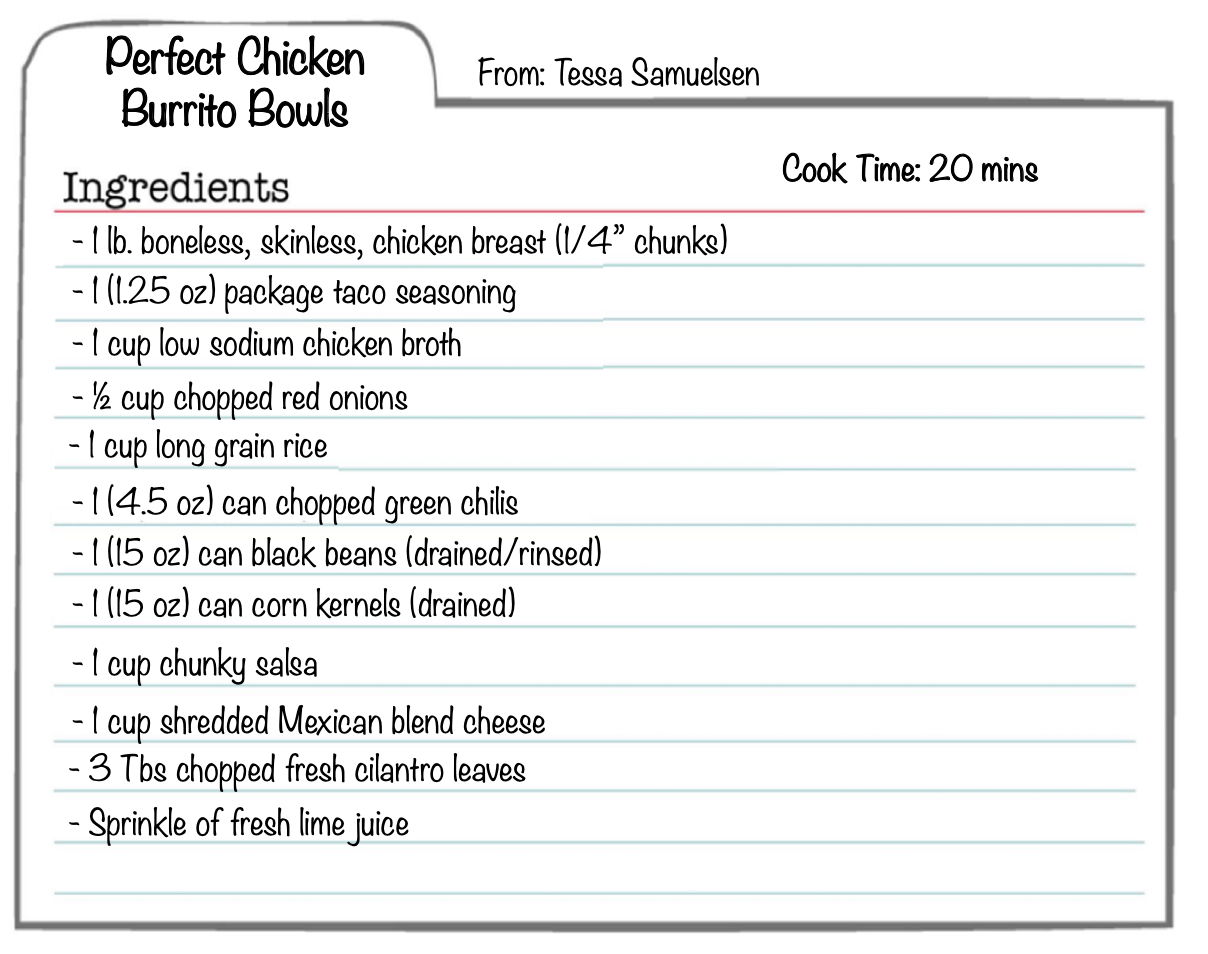16
Tessa Samuelsen
“Hiring people is an art, not a science, and resumes can’t tell you whether someone will fit into a company’s culture.” -Howard Schultz
Every culture is built by people. People who vary in experience, expertise, skill, and style. This is true in the business world, as well as, in a school system.
As a school leader, I have always been drawn to people who work and teach like me. I love people with high energy, motivation and the ability to engage learners with hands-on opportunities and content connections. I am an educator that jumps at new ideas, starts a project or plan without the end in sight and expects creativity and flare.
In my classroom, I was often found with my hands messy and my excitement level high. My expectations of students and teachers alike were sometimes unreachable. I was commonly wrapped up in the excitement of a lesson and not focused on the timeline, reflection or thorough assessment. I had my own strengths and weaknesses. It is hard to imagine meeting the needs of every child, every day if every culture is not built on diversity.
Students need options for learning.
Not every child is going to thrive in the high energy, high excitement learning environment. I struggled as an educator reaching those students that took their time, that more were analytical in their thinking, that needed quiet reflection and a chance to fail. I wanted success, creativity, and flair, no matter the cost.
A school full of teachers just like me would be a horrible education fail. Every child is different, every need is different and therefore every teacher needs to come into the classroom with their unique God-given ability to reach students in a different way. Whether your strength is organization, hands-on learning, the ability to entertain, lecture or engage, it is important to display a variety of instructional methods and learning opportunities. We are all a little different for a reason. A successful culture is like the perfect recipe. The combination of salty and sweet, savory and bland, spicy and robust. Every school leader needs to strategical place teachers and staff in ways that best benefit student learning.
My very first leadership role was an elementary principalship in a preschool through fifth-grade public school in central Illinois. I was handed a very diverse staff with many strengths and weaknesses. Several new teachers and several veteran teachers. Some teachers loved and adored by students and parents, some teachers who lost their fire for good education years ago.
As I spent time learning about the staff at this school, I gathered information from parents, students, fellow educators, past and present school leadership and more. One of the teachers who had tenure at the elementary school caught my eye. He taught fourth grade and he had a love of basketball and history. His room was simple, messy and always a little cold. His desk was stacked high with papers, half-eaten lunches and coffee cups. Before even giving this teacher a chance I was already drawing my own conclusions.
How could any child learn in this environment?
Where were the color bulletin boards, art projects, and allure? Why in the world was it so cold in his room? Could he even find papers to grade?
What I didn’t take into consideration was his fellow fourth-grade teacher, the needs of the students in this community and his heart for doing things differently. This teacher was strategically placed with a new teacher, just a few years of experience. She came into teaching with energy, spice and a love of technology. Her room was warm, welcoming and a bit motherly. Her style resonated with me. I understood what she was creating. What I didn’t initially recognize is that she was the perfect fit for collaboration and the differentiation needed in the fourth grade.
Together they made the perfect recipe for success.
After getting to know the community that I was apart of, this added a little more information to the complexity of this fourth-grade culture. Families in the community were composed of single mothers and grandmothers raising children and caring for the next generation. Many households did not have male role models, or maybe if they did they were not always around or involved. This sole male teacher with his messy simplicity was meeting the needs of students at a much deeper level. He understood how to communicate with fourth-grade boys, he connected on all sorts of things including sports, good food, and funny jokes.
He kept his instruction simple and worked hard to make things clear for students.
This fourth-grade team ended up being my favorite team of teachers because they were so different and so many ways. They often had great debates and many funny stories to share. They were so unique in their differences that it really allowed for them to better meet the needs of every learner. They were prepared just right and I soon understood what the administrator before me was trying to provide for students…it was the perfect recipe!
Recipe for Leadership
Preparing the educational environment, the workplace or the organization takes diversity and your ability as a leader to put the perfect recipe together. Be sure to hire people who think and act differently than you do.
A Recipe for Your InstaPot
Recipe continued on the next page.


